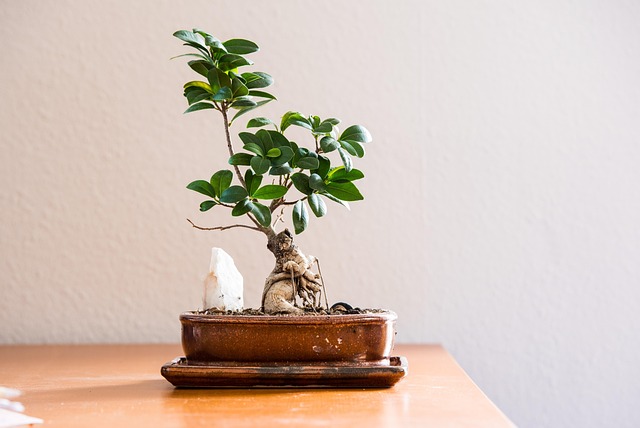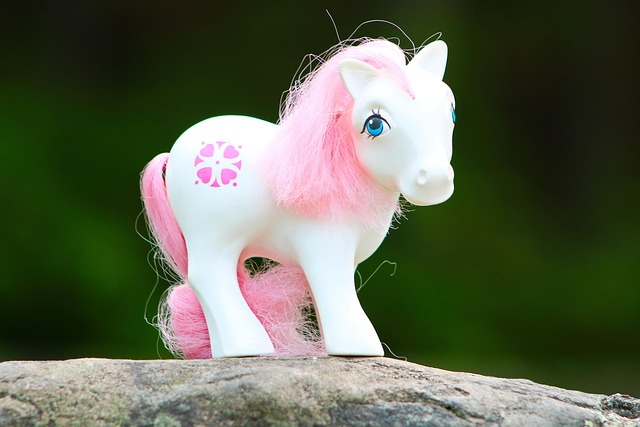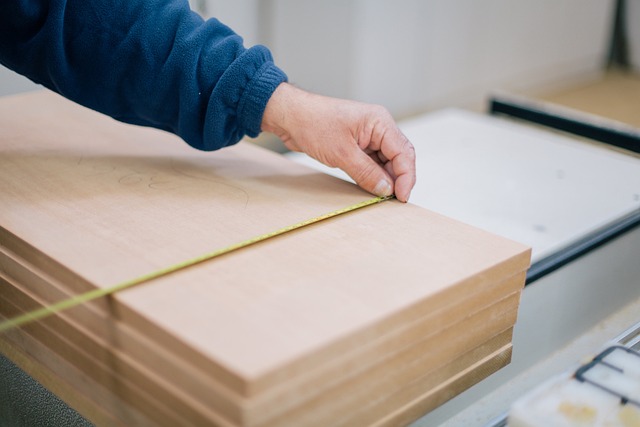
Peace Lilies
The peace lily, known scientifically as Spathiphyllum, is a beloved choice among indoor plants. While often mistaken for true lilies, peace lilies belong to the Arum family and are native to the lush, tropical forests of Central and South America. Their elegant white blooms and glossy green leaves make them a popular addition to homes and offices alike. This guide will delve into the essential care tips and propagation methods for peace lilies, ensuring they thrive in your indoor space.
Understanding Peace Lily Care
Peace lilies are relatively easy to care for, but they do have specific needs that must be met to flourish. Here are some key aspects to consider:
Light Requirements
Peace lilies thrive in environments that mimic their natural habitat. They prefer bright, indirect sunlight but can also adapt to lower light conditions. However, too much direct sunlight can scorch their leaves, while too little light may hinder blooming.
Watering
One of the most crucial aspects of peace lily care is proper watering. These plants enjoy consistently moist soil, but it’s essential to avoid overwatering. A good rule of thumb is to water when the top inch of soil feels dry. If the leaves begin to droop, it’s a sign that the plant needs water. Conversely, yellowing leaves may indicate overwatering, which can lead to root rot.
Humidity and Temperature
As tropical plants, peace lilies thrive in high humidity. If your home is dry, consider misting the leaves or placing a humidifier nearby. They prefer temperatures between 65°F and 85°F (18°C to 29°C) and should be kept away from cold drafts and sudden temperature changes.
Soil and Potting
When potting or repotting a peace lily, choose a container that is twice the size of the root ball, typically 6 to 12 inches in diameter. Use well-draining, all-purpose potting soil that retains moisture without becoming soggy. This balance is vital for preventing root rot while ensuring the plant has adequate moisture.
Common Issues and Solutions
Even with proper care, peace lilies can encounter a few common issues. Here are some problems you might face and how to address them:
- Drooping Leaves: This often indicates the plant needs water. Check the soil moisture and water accordingly.
- Yellow Leaves: This can be a sign of overwatering. Allow the soil to dry out slightly before watering again.
- Brown Tips: This may result from low humidity or inconsistent watering. Increase humidity levels and ensure a regular watering schedule.
- Not Blooming: If your peace lily isn’t producing flowers, it may not be receiving enough light. Consider moving it to a brighter location.
Propagation of Peace Lilies
Propagating peace lilies can be a rewarding experience, allowing you to expand your plant collection or share with friends. The most common method is division:
- Choose a mature peace lily that has multiple stems.
- Carefully remove the plant from its pot and gently separate the root ball into smaller sections, ensuring each section has roots and leaves.
- Replant each division in its own pot with fresh potting soil.
- Water thoroughly and place in a location with suitable light conditions.
Conclusion
Peace lilies are not only beautiful but also relatively easy to care for, making them an excellent choice for both novice and experienced plant enthusiasts. By understanding their needs for light, water, humidity, and soil, you can create an environment where these lovely plants can thrive. Whether you’re nurturing a single peace lily or propagating new ones, these plants can bring a touch of elegance and serenity to any space.

















 Overview of Chernobyl (Miniseries)
Overview of Chernobyl (Miniseries) 
 Health
Health  Fitness
Fitness  Lifestyle
Lifestyle  Tech
Tech  Travel
Travel  Food
Food  Education
Education  Parenting
Parenting  Career & Work
Career & Work  Hobbies
Hobbies  Wellness
Wellness  Beauty
Beauty  Cars
Cars  Art
Art  Science
Science  Culture
Culture  Books
Books  Music
Music  Movies
Movies  Gaming
Gaming  Sports
Sports  Nature
Nature  Home & Garden
Home & Garden  Business & Finance
Business & Finance  Relationships
Relationships  Pets
Pets  Shopping
Shopping  Mindset & Inspiration
Mindset & Inspiration  Environment
Environment  Gadgets
Gadgets  Politics
Politics 